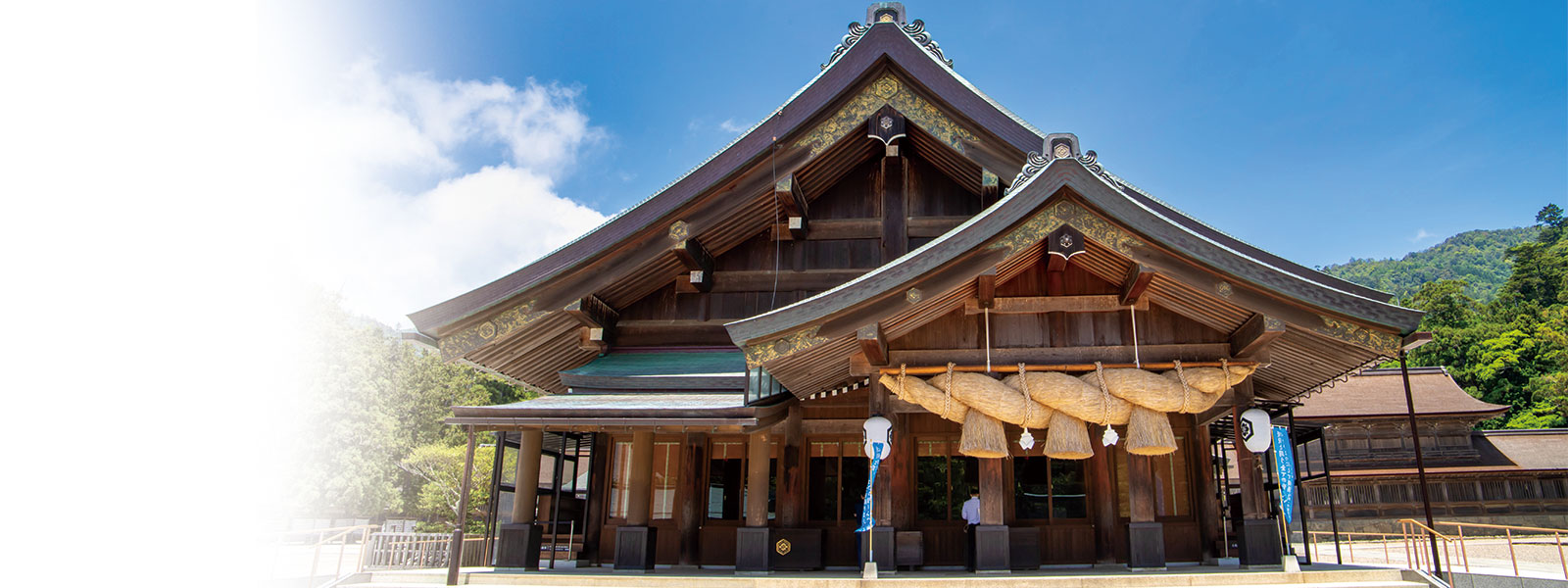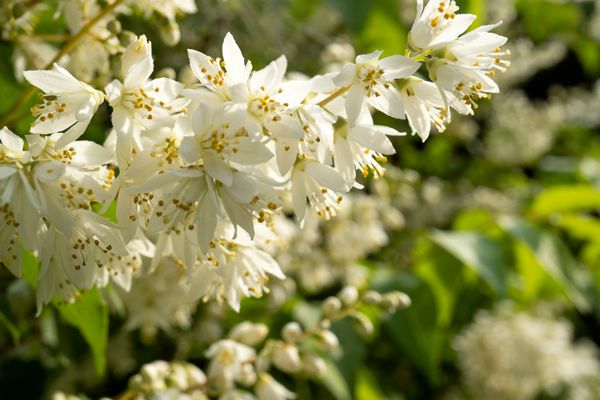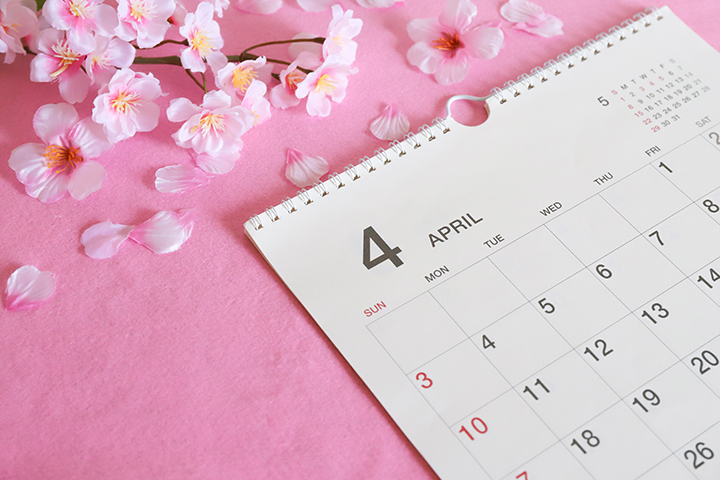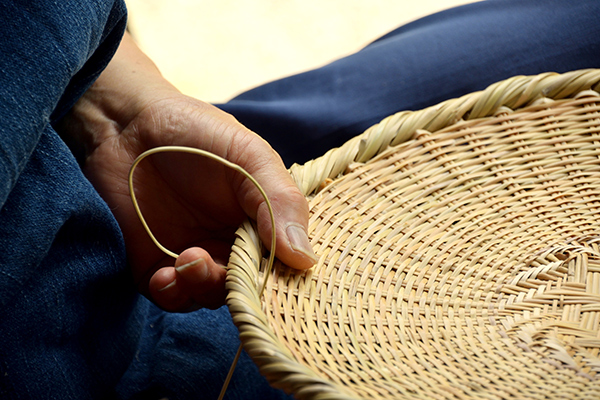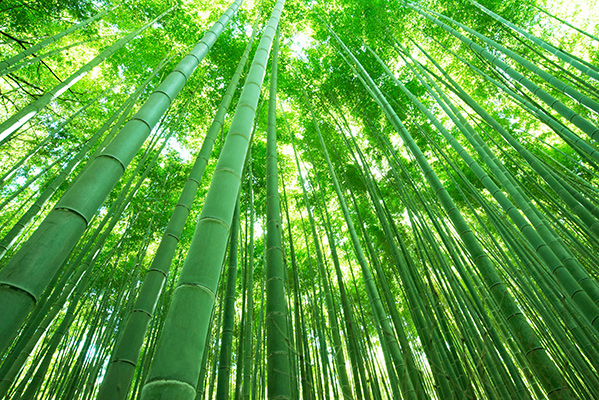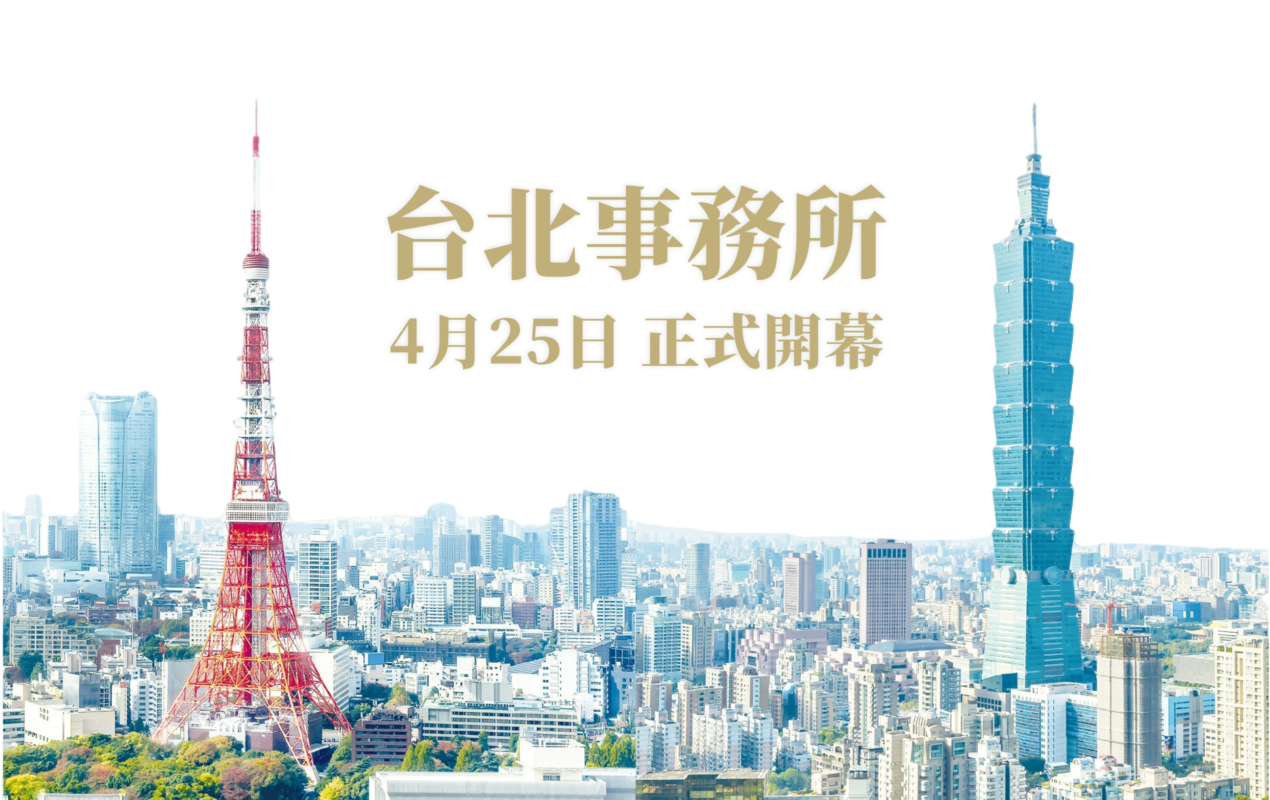Visiting a Shrine in Japan Should Know How to Visit a Shrine
Many tourists to Japan may wonder, "I want to visit a shrine, but how can I visit it?"?
Japanese shrines have formal etiquette for worshipping, and the most common one is "two bows, two claps, and one bow."
This article explains the correct procedure and its meaning in an easy-to-understand manner. By knowing the correct etiquette, you can gain a deeper understanding of Japanese culture and make worshipping at shrines a more special experience.
1. Basics of Worshipping at Shrines | Why are there etiquette rules?
Shrines are sacred places based on Japanese Shinto, where the kami (kami) are enshrined.
Worshipping at shrines is not just a ritual, but an important act to express gratitude and wishes to the kami. Therefore, it is important to show respect in an appropriate manner.
In particular, "two bows, two claps and one bow" has been established as a traditional way to communicate with the kami.
2. The Correct Procedure for Visiting a Shrine | Master Two Bows, Two Claps and One Bow
① Bow in front of the Torii
●The torii is the entrance to the Sacred Area of the kami.
●Before going through it, bow slightly to show your respect.
●The center is the path of the kami, so it is good manners to walk along the edge.
② Purify Your Hands and Mouth at Temizuya
●Temizu is a ritual to purify your body and mind before visiting a shrine at a watering hole near the entrance.
●Using a dipper, perform in the following order:
1. Hold the dipper with your right hand and wash your left hand.
2. Transfer the dipper to your left hand and wash your right hand.
3. Hold the water with your right hand and rinse your mouth (do not directly touch the dipper).
4. Wash your left hand again, pull up the dipper and wash the handle.
③ Put an Offering (Saisen)
●Put an Offering (Saisen) quietly to express your gratitude to the gods.
●Generally, 5 yen (for "goen") or 100 yen is often used.
●Rather than throwing it in, gently put it in.
④ Ring a bell (if available)
●Ring a bell to let the gods know that you are about to visit the shrine.
*Some shrines do not have bells.
⑤ Two bows, two claps, and one bow (formal worship etiquette)
●Two bows: Bend your hips at 90 degrees and bow deeply twice.
●Two claps:
1. Put your hands together and lower your right hand slightly.
2. Clap your hands twice (to communicate with the gods).
3. Then hold your hands together and make a wish.
●1 bow: Finally, bow deeply once.
⑥ Bow again before leaving the torii gate.
●When leaving the shrine, it is polite to turn around in front of the torii gate and bow before leaving.
3. 2 bows 2 claps What is the meaning of 1 bow?
●Ni-bow (bow twice)
Shows respect for the gods.
●2 claps (claps twice)
An act of praising the gods and expressing gratitude.
In Japanese Shinto, clapping is considered to connect with the gods.
●1 bow (final bow)
Appreciate that your wish has reached the gods.
This is an important act to conclude your prayer.
4. Do Different Shrines Have Different Visitation Methods?
In fact, there are some shrines in Japan that use a method of worship other than "two bows, two claps and one bow."
●Izumo Taisha (Izumo Taisha) and Usa Jingu (Usa Jingu): two bows, four claps and one bow
●Ise Jingu: two bows, two claps and one bow
It is safe to check the official website of the shrine or local information before visiting.
Izumo Taisha (Izumo Taisha)
Ise Jingu (Ise Jingu)
5. Summary | Make shrine visits a more special experience!
●Visiting a shrine is a rare opportunity to experience Japanese Shinto culture.
●"Two bows, two claps and one bow" is an important ceremony to communicate with the gods.
●By knowing the correct manners, you can feel the sacred atmosphere of a shrine more deeply.
●Each shrine has its own rules, so you should check them in advance.
Next time you visit Japan, be sure to practice these manners! You will get a deeper sense of Japanese culture.


